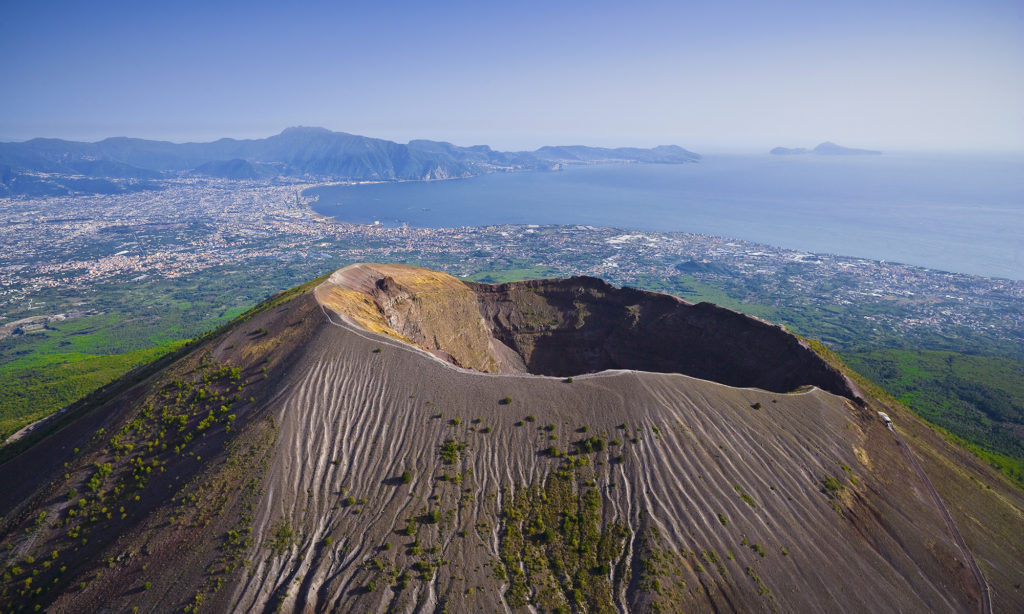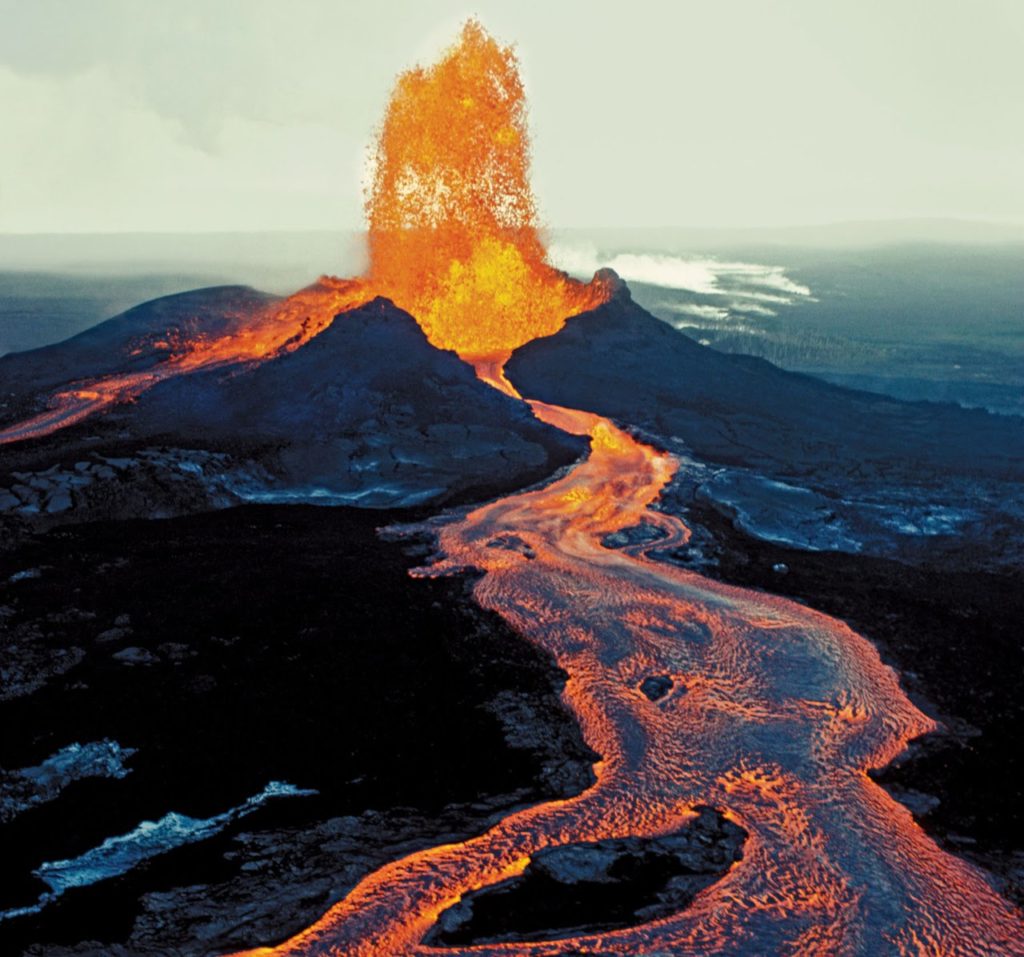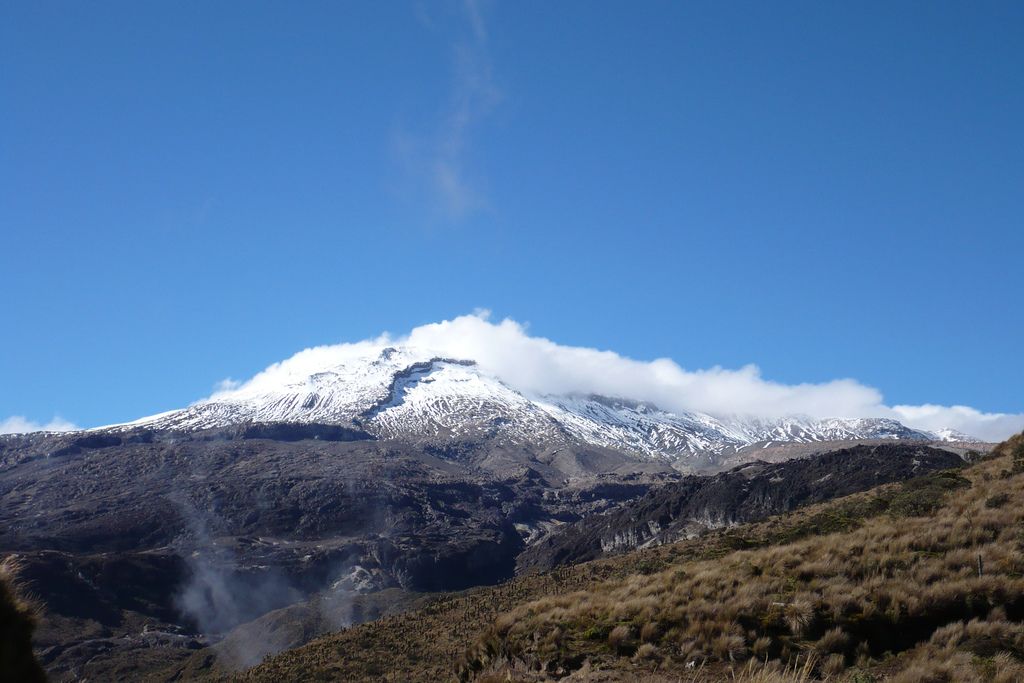What are Some of the Famous Volcanoes on Earth?
If there is something fascinating about the planet earth, apart from its natural beauty, it has to be the numerous natural phenomena that occur on its surface, and below it. From rainfall, rainbows, snowfall and icebergs to tornadoes, Tsunami, earthquake and floods, every occurrence is unique. Although many are very destructive, every such phenomena is different in its own way.
However, what sets apart ‘volcanoes’ from the rest is its mightiness, unpredictability, and the complex science behind it. The recently introduced ‘volcanology’ field of study, studies in depth about this phenomenon. It is a study about how volcanoes erupt, what causes eruption, how o predict eruption, and so on, which can help humans understand the nature of volcanoes and take precautions against them, to an extent.
Over the past few years, many new volcanoes have formed and erupted, and have joined the cluster of most dreadful volcanoes around the world. Let us have a look at some of the most famous volcanoes that have been registering its name in history due its ferocity.
Mount Vesuvius
Hovering over the Bay of Naples, Mount Vesuvius is an active volcanic mountain in southern Italy. It has erupted more than 30 times in the recent past. However, it is known for its dreadful eruption way back in 79 AD, when the blistering hot lava turned the city of Stabiae and Pompeii into ashes. Although some have claimed to have ancestral relations with the survivors and claimed that many thousands were killed, archeologists are trying to find the evidence of its disastrous consequences.

Krakatoa Island
Krakatoa Island has its name second on this list due to the terrifying eruption that took place in 1883, which was about 13,000 times powerful than an atomic bomb. People living thousands of miles away, even on the islands located in the eastern coast of the Africa, had reported hearing sounds of the eruption. Many died almost instantly as the lava spurted in many miles of diameter. In all, more than 36,000 perished during this eruption, and many thousands died later due to the mega tsunamis that occurred later. This was one of the most famous volcanoes in the recent times. The island itself slumped due to this eruption. But the formation of new island was reported in the year 1927, which still spurts lava occasionally.

Mount St. Helens
After lying inactive for over 120 years, it was preparing for a massive eruption from 2 months before the actual eruption. And when it happened, it occurred in the most surprising and unpredictable way. At around 0830 hours on May 18, 1980, an earthquake with magnitude of 5.1 occurred. This incident swept away the northern cap of the volcanic mountain, which triggered powerful eruption. The rocks and hot ash spurted out at the speed of over 300 miles/hour, and traveled about 15 miles. It destroyed the area occupied by three surrounding states. The ash that had spread in the atmosphere came down in the form of blain rain, and covered the surrounding cities with gray powder. Thousands of humans and animals were killed in this eruption.

Mount Tambora
A volcanic eruption or a volcanic mountain in measured in Volcanic Explosivity Index, which goes up to 8. The eruption of Mount Tambora that occurred in 1815 was rated as 7. Sumbawa Island, which was first in East Indies, now in Indonesia was swept by hot lava killing tens of thousands of residents, and many more were killed by subsequent starvation, diseases, and tsunami. This was one of the largest volcanic eruptions humankind has ever seen. It was said to have impacted the climate so much that the year 1816 did not actually have summer.

Mauna Loa
Mauna Loa, located on Big Island in Hawaii, is one of the tallest and most active volcanic mountains of the world. Only after 1843, it has erupted over 33 times, and taken several lives. Its base is so wide that it covers more than half of Big Island. Mauna Loa, which means tall mountain, is about 13,700 feet in height.

Eyjafjallajokull
Unlike other famous volcanoes, this mountain is known not for killing people but for bring their lives to a standstill. The mammoth ash-cloud that blew from the mountain halted major transportations system in most countries across Europe due to this ash. Although people detest such a situation, only a handful of people can actually curse it, as pronouncing ‘Eyjafjallajokull’ is a difficult job. No technology seemed to have power to stop the dust and air from spreading all over the sky of Europe. The subsequent eruption also caused havoc in the nearby areas.

Mount Pelee
Killing 30,000 people in 1902, Mount Pelee have proved to be one of the most lethal ways of mass destruction. Standing at an altitude of 4,500 feet in Martinique, of French Caribbean Islands, this volcanic mountain got its name from the word pelean, which means cloud eruption, gas, and ash. After this massive eruption, the lava mountain stayed calm and dormant for a few months. Later, scientists found that a massive lava dome is building inside the mountain, which finally came out in 1993.

Thera
If researchers are to be believed, about 3500 years ago cataclysmic proportions shook the world of Mediterranean. If Krakatoa was 13,000 times powerful than an atomic bomb, the eruption of Thera that occurred in 1883 was about 4-5 times more powerful than Thera eruption. This is among one of the most popular volcanoes, and reference to similar destructions have been mentioned in the Bible, as well as the island of Thera and nearby islands.

Nevado del Ruiz
With a small eruption of only about 3 percent to that of St. Helens, this mountains seems to be harmless. However, the mud that was erupted from the volcanic mountain made it the second deadliest of the last century, and the fourth deadliest of the human history.



